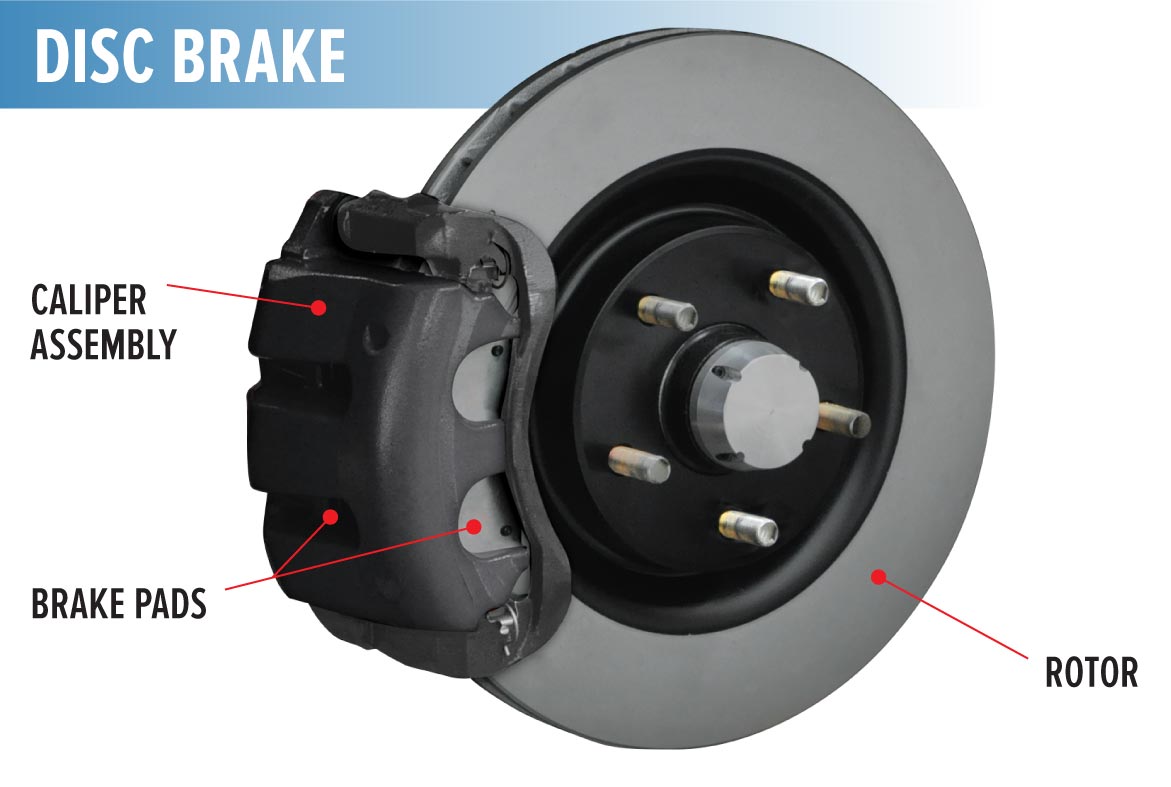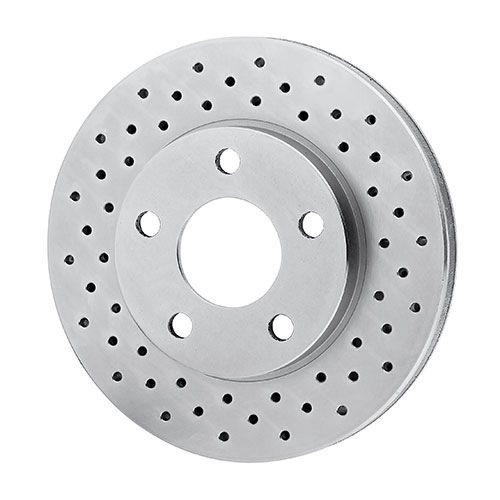Warn’s venerable 8274 winch is one of two—the other being the Superwinch Husky—that could legitimately claim to be the best electric winch on the planet.
Each has its advantages. The Husky’s worm drive means it needs no external braking system; it is fully controlled whether powering in or out. The 8274’s spur drive gear train does require a brake but is significantly more efficient (about 75 percent versus 40 percent). It’s more a personal (or patriotic—British versus American) choice rather than a which-one-is-better decision.
Now, to celebrate the company’s 70th anniversary, Warn has announced a limited-edition, uprated version of the 8,000-pound-rated M8274-50. Only 999 will be available world-wide, at an eye-opening retail price of $3,100 (although $2,500 seems to be the going street price). The commemorative M8274-70 is rated to a full 10,000 pounds, and includes 150 feet of 3/8” synthetic line, a solid-state, waterproof Albright contactor rather than a solenoid, plus a few odds and ends such as uprated bearings, a stainless steel spool knob, and a billet aluminum hawse fairlead. (Warn’s site also notes that the winch’s box “features commemorative packaging.”)
I’ve had an 8274 on my FJ40 for about ten years now, and it has performed flawlessly both in the field and through many training sessions. So I delved into the new one to see what had changed besides the extra power (courtesy of a series-wound six-horsepower motor rather than the 4.6 hp version in mine).
And immediately this caught my eye:
“Up to 50% faster line speed at rated load vs. previous M8274-50.”
Fifty percent faster? One of my only complaints about the M8274-50 is that it is too fast already. Speeding it up even more is the last thing this winch needs.
Winching, more than any other recovery technique, is fraught with the potential for errors that could have disastrous consequences if the operator is not properly trained, paying one hundred percent attention, and ensuring that every step of the procedure is conducted in a controlled manner. The best way to guarantee a safe and successful winch recovery is to go slowly. The only exceptions I can think of to this rule are if you have stupidly bogged your vehicle below high tide line with an incoming tide, or have gotten stuck in the middle of a fast-flowing river that is scouring substrate out from under your tires and sinking the vehicle farther. Otherwise my opinion is that it is impossible to have a winch that is too slow. Indeed, on most recoveries or lessons with my 8274 I rig a double-line pull out of habit, just to ease the pace (since a double-line pull halves line speed while doubling power). I can’t imagine it 50 percent faster.
I wonder if the impetus behind this drive for faster line speed comes from a misdirected emulation of competition events such as King of the Hammers, where winches are commonly modified to achieve outrageous line speeds. Suffice to say that for overland travel, you do not want to use competition rock buggies as your build inspiration.
This in no way (well, barely) diminishes my respect for Warn’s 8274 series winches. The new one would be a fine choice for a heavier expedition vehicle in the 7,000-8,000-pound range. But I’d suggest employing a pulley for most recoveries—unless shark fins are circling offshore or trout are showing up in the footwells.



















